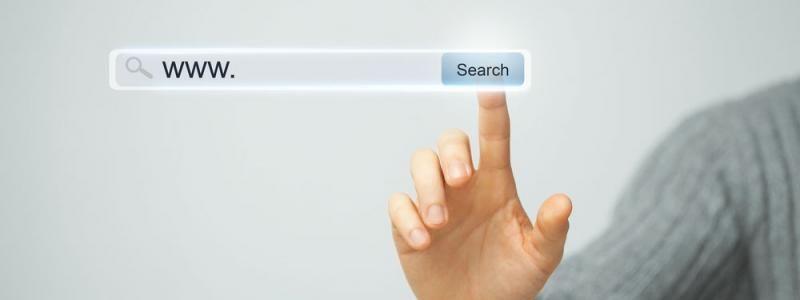FCC to Vote on Broadband Stipends for Low-Income Families

Broadband internet access may seem like a staple of life to the average person today, but it could still be an out-of-reach luxury to some low-income families. On June 18, the Federal Communications Commission (FCC) will vote whether to broaden an existing subsidy program to include broadband access. The Lifeline program, which began in 1985, provides low or no-cost telephone service to qualified customers. In 2005, the program was expanded to include discounts on pre-paid wireless telephone plans. Now, the FCC is exploring extending the program yet again to include broadband internet access.
If this new measure is approved, families already qualified for the $9.25 monthly stipend meant to pay for cell service would also be able to use this money for broadband internet access. Critics of the program say that this is not enough money to pay for both cell service and internet access. Supporters argue that school-aged children need internet access more than ever and should not be excluded due to their family financial situation. Other arguments against the change point to fraudulent use of the Lifeline program, where families in one household were able to obtain multiple subsidies. The program is meant to be a “one per household” offering. The FCC counters these arguments by showing that they have cracked down on fraudulent use and such incidents have been greatly reduced since 2012. The FCC reports that creation of a national database, meant to prevent multiple carriers from receiving support from the same customer, eliminated duplicate subscriptions and resulted in a savings to the program of $33 million.
Evidence does support a potentially successful outcome of low cost internet access. In 2011 Comcast started a program called “Internet Essentials”. Available to families with students already enrolled in Federal school lunch programs, the service would cost $9.95 per month. It was a low end 5.0 Mbps download speed, far slower than the FCC’s recommended 25.0 Mbps standard. Another drawback was that this program would only help families with school-age children and would not have been available to existing Comcast customers. These negatives aside, it opens up the very real possibility of cheap internet access being a reality. Other internet service providers like Time Warner and Cox have also explored similarly priced services. If the FCC can demonstrate that there is not only a demand for, but a way to provide, the desired internet services at such a low price, it could have benefits for all customers.
These proposed changes unfortunately still leave qualifying families having to make the decision to use their stipend for cell service or for internet. Why not simply increase the stipend by $10, or create a new one? The funding simply isn’t available. The Lifeline program is currently funded through the universal service fee attached to everyone’s mobile and landline phone bills. The revamp of the Lifeline program does not increase this fee so there would be no affect on the average consumer. This service has helped millions of Americans who might not otherwise be able to afford a phone. In today’s electronic world applying for jobs, keeping in touch with family members, and even attending college classes are activities that are largely done online rather than in person.
The FCC has been testing the waters for this expansion since 2012, when they launched a pilot program in select areas of the country. Participating providers were required to collect and submit data to the FCC, and independent studies were conducted on how well the broadband expansion would work. By including broadband internet coverage in the Lifeline program, the FCC hopes to close the ever widening “digital divide” experienced by low income consumers.
Related Blog Articles
- Your Guide To Apple Music
- Facebook Introduces Buy Buttons For Shopify Retailers On News Feed
- Federal Court Denies Request By Industry Groups To Delay Net Neutrality Rules
- Twitter Gets Rid of 140-Character Limit on DMs
- Encrypted Social Networks Are Coming To Mobile Devices
- LG Inks Patent Licensing Deal With Nokia
- Sony Adds A La Carte TV to Playstation Vue
- Introducing BitTorrent Shoot: An App That Lets You Share Pics And Vids With Friends Privately
- FCC’s New Rules Makes It Harder For Companies To Send Unwanted Messages
- Netflix Battles Illegal Streaming
Related Blog Posts
- Report: AT&T facilities are used for NSA surveillance program
- Tips for achieving a smartphone detox this summer (or at least for a few days)
- Instagram hits 1 billion users; launches new IGTV video uploading service
- Facebook introduces game shows platform, with live interactive vids
- California Democrats combine two separate net neutrality bills


 Menu
Menu